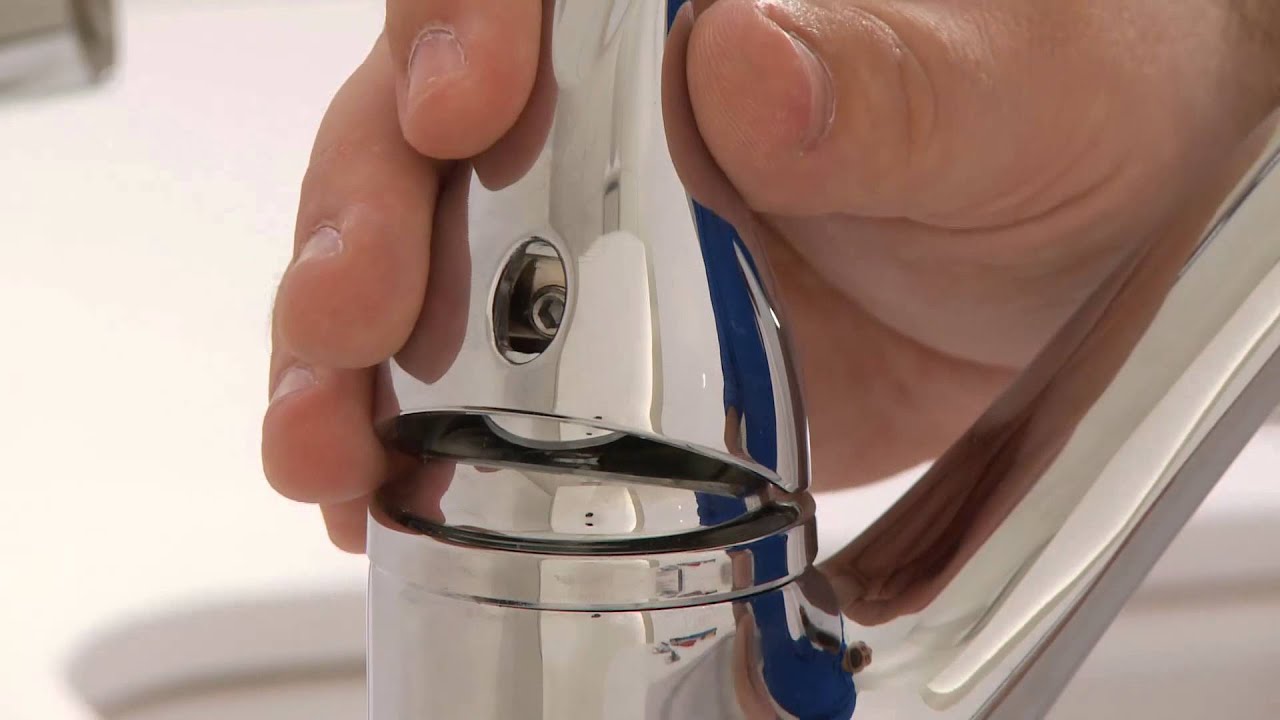

Articles
How To Fix A Leaky Faucet Handle
Modified: March 1, 2024
Learn effective techniques and step-by-step instructions on how to fix a leaky faucet handle with our comprehensive articles. Save money and stop wasting water!
(Many of the links in this article redirect to a specific reviewed product. Your purchase of these products through affiliate links helps to generate commission for Storables.com, at no extra cost. Learn more)
Introduction
Dealing with a leaky faucet handle can be a frustrating and inconvenient problem. The constant dripping not only wastes water but also disrupts the peaceful ambiance of your home. A leaky faucet handle is often caused by a faulty cartridge or valve that needs to be replaced.
In this article, we will guide you through the step-by-step process of fixing a leaky faucet handle. By following these simple instructions and using the right tools, you can successfully repair your faucet and restore it to its former functionality. Remember, it’s essential to turn off the water supply before starting any repair work to avoid water damage and accidents.
So, let’s gather our tools and materials and get started on fixing that pesky leaky faucet handle.
Key Takeaways:
- Fixing a leaky faucet handle is a manageable DIY project that can save money and prevent plumbing damage. By following the step-by-step guide, you can confidently repair your faucet and enjoy a leak-free home.
- Regular maintenance and periodic inspections are essential for preventing future leaks and extending the lifespan of your faucet. Take action to fix that pesky drip and preserve water resources.
Read more: How To Fix A Leaky Single Handle Faucet
Step 1: Gather necessary tools and materials
Before you begin the repair process, it is important to gather all the necessary tools and materials. Here’s a list of items you’ll need:
1. Adjustable wrench or pliers: These tools will be used to loosen and tighten various parts of the faucet.
2. Screwdriver: Depending on the type of faucet, you may need a flathead or Phillips screwdriver to remove screws.
3. Replacement parts: Identify the specific make and model of your faucet to ensure you have the correct replacement parts. This may include a new cartridge, valve, O-rings, or other components that need to be replaced.
4. Clean cloth or towel: It’s always handy to have a cloth or towel nearby to wipe away any excess water or debris during the repair process.
5. Lubricant: A silicone-based lubricant can help ease the removal and installation of certain parts.
Once you have gathered all the necessary tools and materials, you’ll be well-prepared for the repair process. Having everything organized and readily available will save you time and frustration as you work through fixing the leaky faucet handle.
Step 2: Turn off water supply
Before you begin any repair work on your leaky faucet handle, it is crucial to turn off the water supply. Here’s how you can do it:
1. Locate the water shut-off valve: The shut-off valve is typically located beneath the sink. Look for a small valve that controls the flow of water to the faucet. It may be a lever or a knob.
2. Turn off the water supply: Once you’ve located the shut-off valve, turn it clockwise to shut off the water supply. This will prevent any water from flowing while you work on the faucet.
3. Test the water flow: To make sure that the water supply is shut off completely, turn on the faucet and check if any water comes out. If the water flow stops, then you have successfully turned off the water supply.
By turning off the water supply, you will prevent any potential flooding or water damage while working on the leaky faucet handle. It is always best to err on the side of caution and ensure that the water is completely shut off before proceeding with the repair process.
Step 3: Remove faucet handle
Now that you have turned off the water supply, it’s time to remove the faucet handle. Here’s a step-by-step guide on how to do it:
1. Identify the type of faucet handle: There are different types of faucet handles, including knob handles, lever handles, and cross handles. Understanding the type of handle you have will help you better navigate the removal process.
2. Locate the handle screw: Look for a small screw on the side or top of the handle. This screw is usually hidden beneath a decorative cap or cover. Use a screwdriver to remove the screw by turning it counterclockwise.
3. Remove the handle: Once the screw is removed, gently pull or wiggle the handle to loosen it. In some cases, the handle may be secured with adhesive or corrosion. If that’s the case, use a wrench or pliers to gently twist and pull the handle off.
4. Inspect the handle and stem: Take a moment to inspect the removed handle for any signs of damage or wear. Additionally, examine the exposed stem to determine if there are any visible issues, such as looseness or corrosion.
By removing the faucet handle, you gain access to the inner workings of the faucet, which will allow you to identify and resolve the cause of the leak. Remember to handle the parts with care to avoid any further damage during the removal process.
Step 4: Inspect and clean cartridge or valve
After removing the faucet handle, it’s time to inspect and clean the cartridge or valve. Here’s what you need to do:
1. Examine the cartridge or valve: Take a close look at the removed handle and the exposed stem to locate the cartridge or valve. Depending on the faucet type, it may be a cartridge or a valve that controls the water flow.
2. Inspect for damage or wear: Carefully examine the cartridge or valve for any signs of damage, such as cracks or chips. Additionally, check for any visible wear or deterioration, as these issues can contribute to the leakiness of the faucet.
3. Clean the cartridge or valve: Using a clean cloth or towel, wipe away any debris or mineral buildup from the cartridge or valve. Make sure to remove any dirt or gunk that may be obstructing the smooth functioning of the parts.
4. Check the O-rings: O-rings are small rubber rings that create a watertight seal within the faucet. Inspect the O-rings for any signs of wear or damage. If needed, replace the O-rings with new ones to ensure a proper seal.
By inspecting and cleaning the cartridge or valve, you can remove any obstructions or debris that may be causing the leak. It’s essential to keep these components clean and in good condition to ensure optimal functionality of your faucet. Once you have finished cleaning, move onto the next step to resolve the leaky faucet handle.
If your faucet handle is leaking, try tightening the packing nut under the handle with a wrench. If that doesn’t work, you may need to replace the O-ring or the entire faucet cartridge.
Step 5: Replace damaged or worn-out parts
After inspecting and cleaning the cartridge or valve, it’s time to replace any damaged or worn-out parts that may be causing the leaky faucet handle. Here’s what you need to do:
1. Identify the specific parts to replace: Based on your inspection, determine which parts need to be replaced. This may include the cartridge, valve, O-rings, or any other components that are damaged or worn-out.
2. Purchase the replacement parts: Visit a local hardware store or contact the manufacturer to purchase the appropriate replacement parts for your specific faucet model. Be sure to provide accurate information about your faucet to ensure you get the right components.
3. Follow the manufacturer’s instructions: Each faucet and replacement part may have specific installation instructions. Refer to the manufacturer’s guidelines to ensure proper installation and functionality of the new parts.
4. Install the new parts: Carefully follow the instructions provided with the replacement parts to install them correctly. Use the appropriate tools, such as a wrench or pliers, to tighten the components securely.
5. Double-check for proper fit: Once you’ve installed the new parts, check to ensure that they fit properly and securely in place. Ensure that the handle moves smoothly without any resistance or wobbling.
By replacing damaged or worn-out parts, you are effectively resolving the source of the leak. This step is crucial to restore the proper functioning of your faucet handle and prevent any further leaks or issues. Take your time during the replacement process to ensure everything is installed correctly.
Step 6: Reassemble faucet handle
Now that you have replaced the damaged or worn-out parts, it’s time to reassemble the faucet handle. Follow these steps to successfully put everything back together:
1. Orient the handle correctly: Take the faucet handle and ensure it is positioned correctly, matching the orientation it had before you removed it. This will ensure that the handle operates smoothly and aligns with any markings or indicators on the faucet.
2. Attach the handle: Carefully slide the handle back onto the exposed stem. Make sure it fits securely and snugly in place.
3. Tighten the screw: Locate the handle screw that you removed earlier and use a screwdriver to tighten it securely. Turn the screw clockwise until it is firmly in place. This will keep the handle fixed and prevent any wobbling or movement.
4. Test the handle: Give the handle a gentle turn or twist to ensure it moves smoothly and operates the water flow as intended. If there is any resistance or sticking, double-check that the handle is properly aligned and tightened.
By reassembling the faucet handle correctly, you are bringing the components back together and preparing the faucet for testing. Make sure everything is securely in place before moving on to the next step.
Step 7: Test for leaks
After reassembling the faucet handle, it’s time to test for leaks and ensure that your repair efforts were successful. Follow these steps to check for any water leakage:
1. Turn on the water supply: Slowly turn the water supply back on by turning the shut-off valve counterclockwise. If you’re unsure about the position of the valve, refer back to Step 2.
2. Check for leaks: Once the water supply is back on, closely inspect the area around the faucet handle for any signs of leakage. Look for dripping water or moisture that may indicate a leak.
3. Monitor the faucet: Leave the faucet running for a few minutes to observe its performance. Pay attention to any irregular water flow, unusual sounds, or dripping.
4. Test hot and cold water: Turn the handle to both the hot and cold water positions separately and check for leaks in each setting. Ensure that both hot and cold water flow smoothly and without any leakage.
5. Inspect underneath the sink: While the water is running, check under the sink for any signs of water leakage or dripping. Look for dampness, water stains, or pooling water that could indicate a problem.
If no leaks are detected during the testing process, congratulations! You have successfully fixed your leaky faucet handle. However, if you still notice any leakage or issues, you may need to revisit the previous steps to double-check your repair work or consider seeking professional assistance.
Remember, regular maintenance and periodic inspections can help prevent future leaks and extend the lifespan of your faucet.
Conclusion
Fixing a leaky faucet handle is a satisfying DIY project that can save you money on water bills and prevent further damage to your plumbing system. By following the step-by-step process outlined in this article, you can successfully repair your leaky faucet handle with ease.
In this guide, we started by gathering the necessary tools and materials, including an adjustable wrench, screwdriver, replacement parts, and lubricant. We then turned off the water supply to ensure safety during the repair process. Next, we removed the faucet handle and inspected and cleaned the cartridge or valve. If any damaged or worn-out parts were identified, we learned how to replace them.
After replacing the parts, we carefully reassembled the faucet handle to ensure it was aligned properly. Finally, we tested for leaks by turning on the water supply and checking for any water leakage or drips.
Remember, if the leaking persists or you encounter difficulties during the repair process, it’s always a good idea to consult a professional plumber who can provide expert assistance.
Regular maintenance, such as cleaning and inspecting your faucets, can help prevent future leaks and prolong the lifespan of your fixtures. Taking care of your plumbing system not only saves you money but also preserves precious water resources.
By following these simple steps, you can confidently tackle a leaky faucet handle and enjoy the satisfaction of a job well done. Don’t let that pesky drip continue to annoy you – take action and fix it today!
Frequently Asked Questions about How To Fix A Leaky Faucet Handle
Was this page helpful?
At Storables.com, we guarantee accurate and reliable information. Our content, validated by Expert Board Contributors, is crafted following stringent Editorial Policies. We're committed to providing you with well-researched, expert-backed insights for all your informational needs.
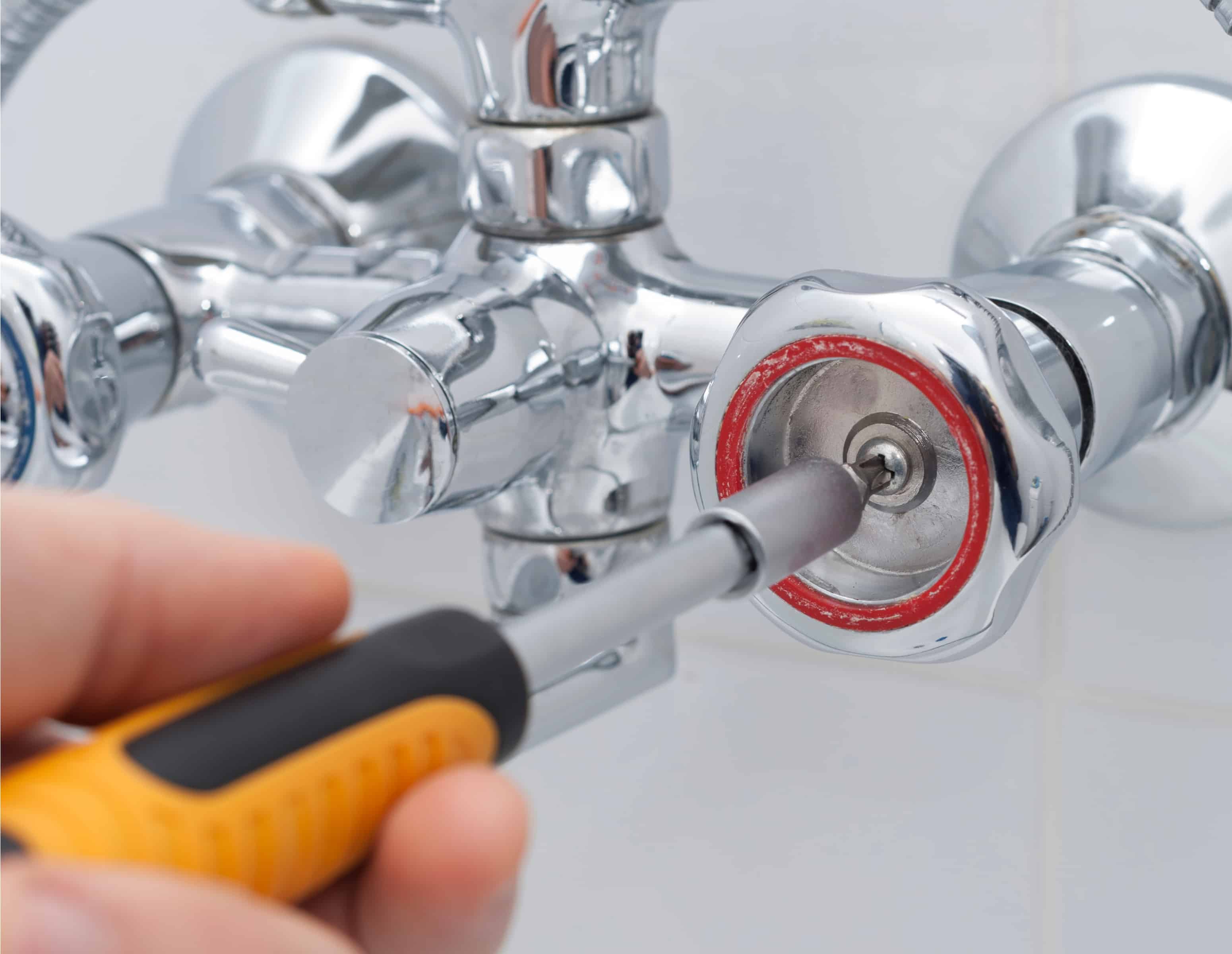
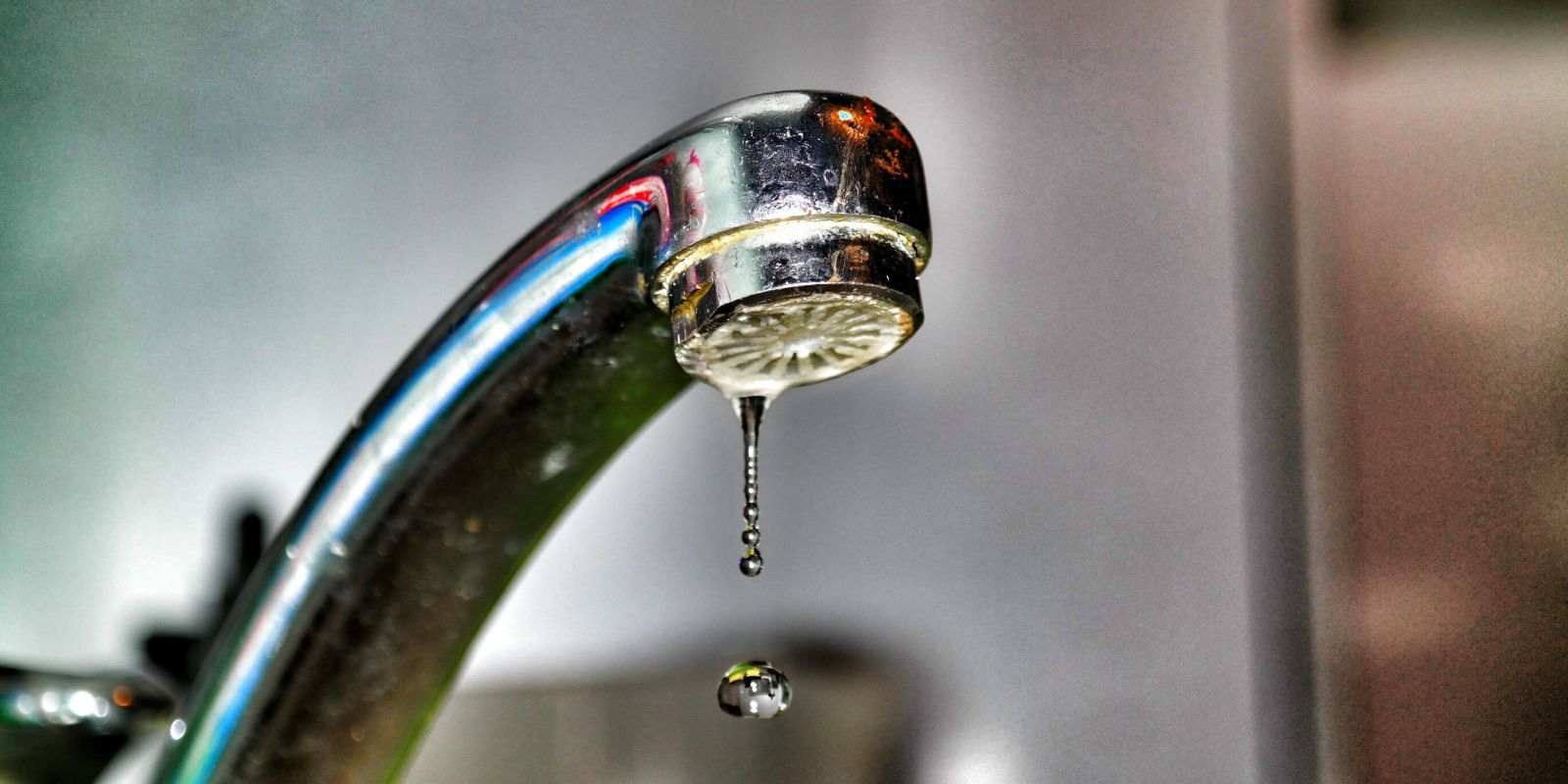
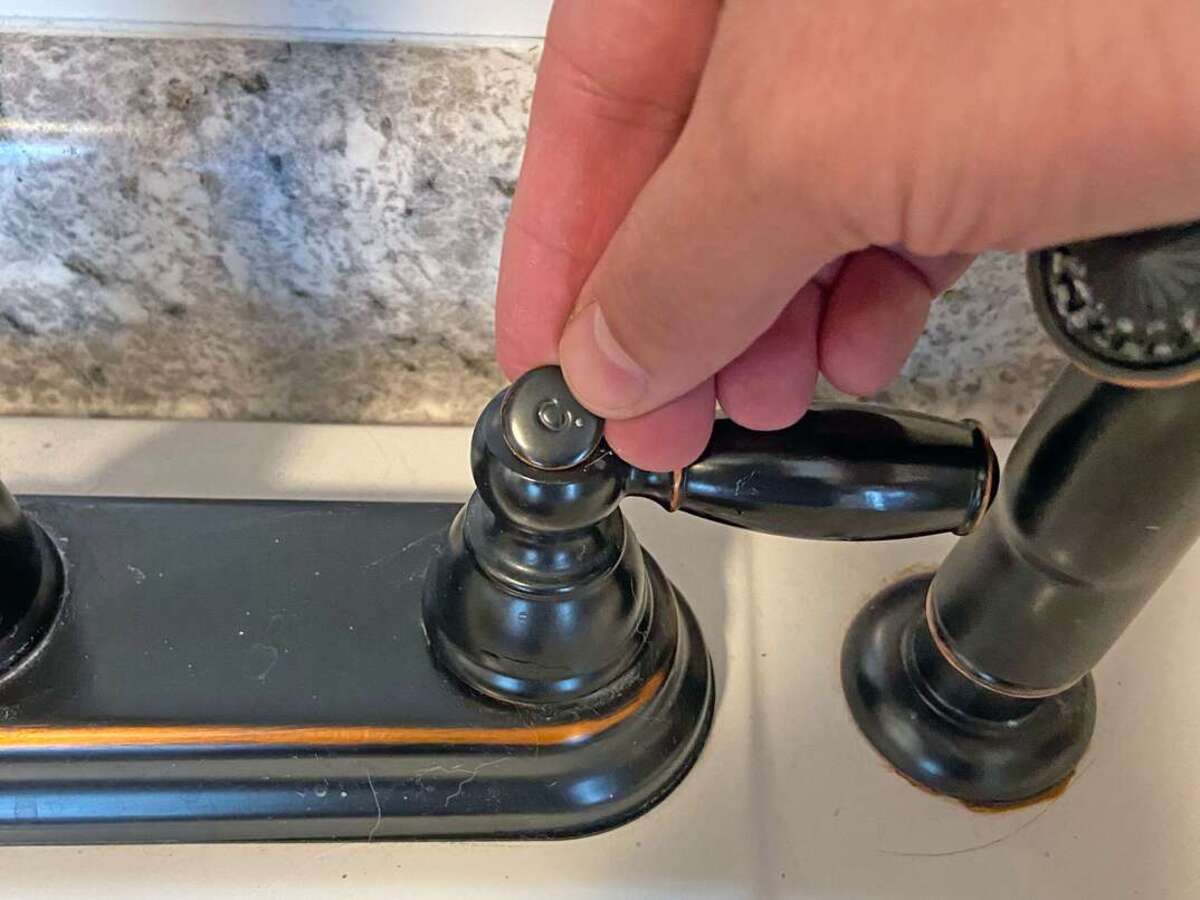
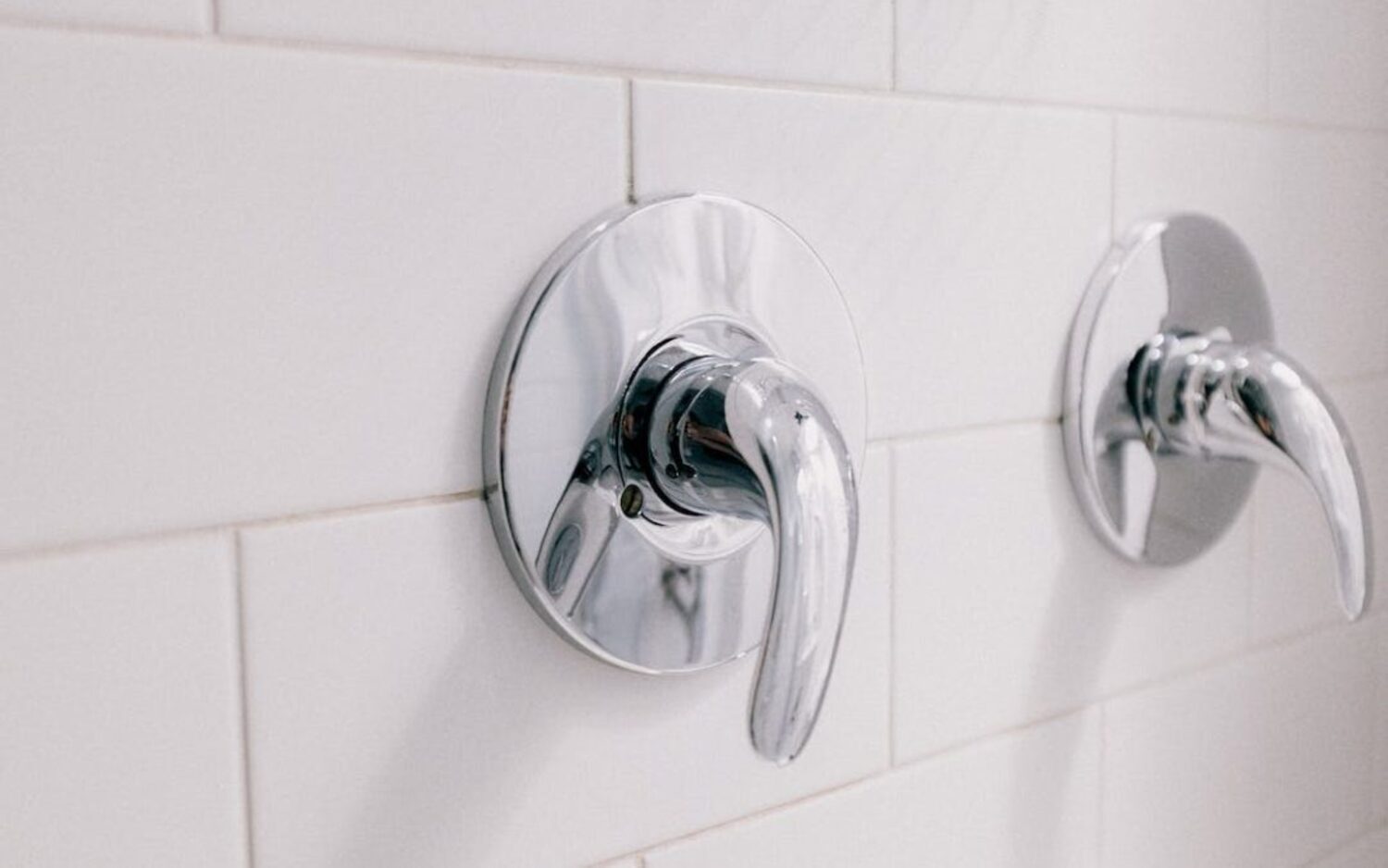
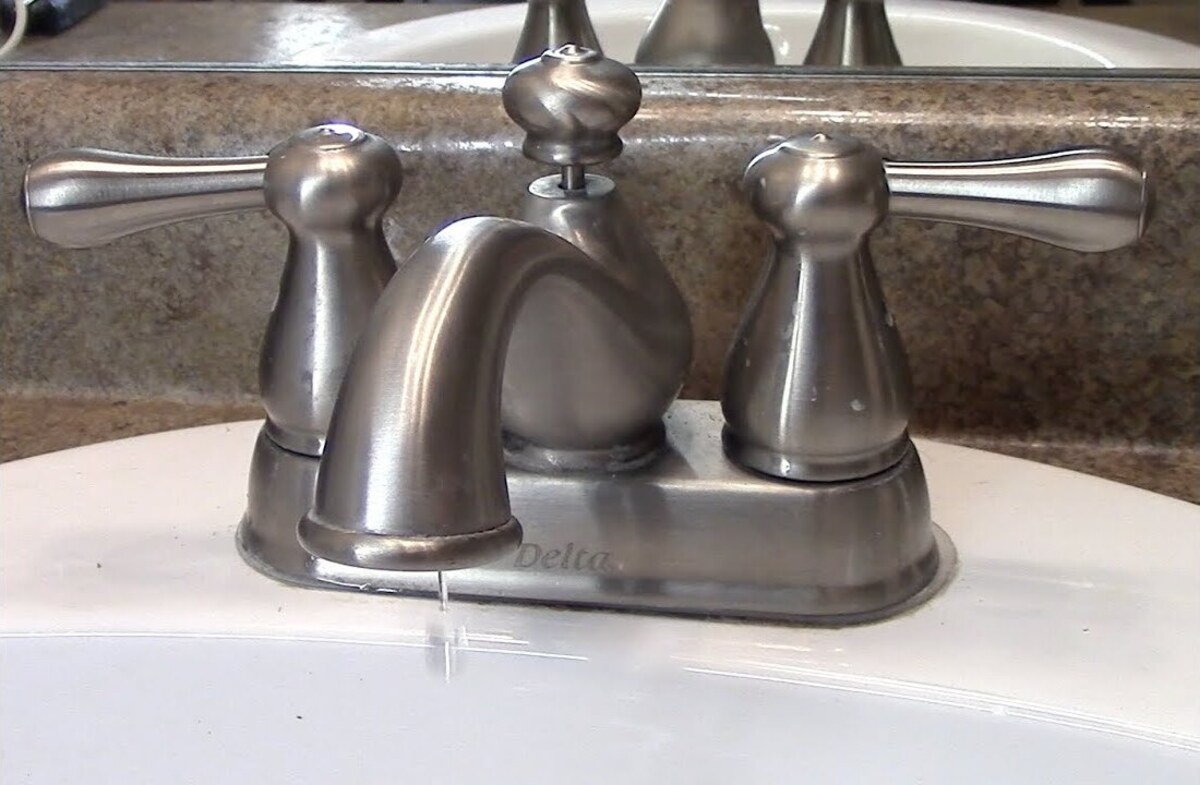
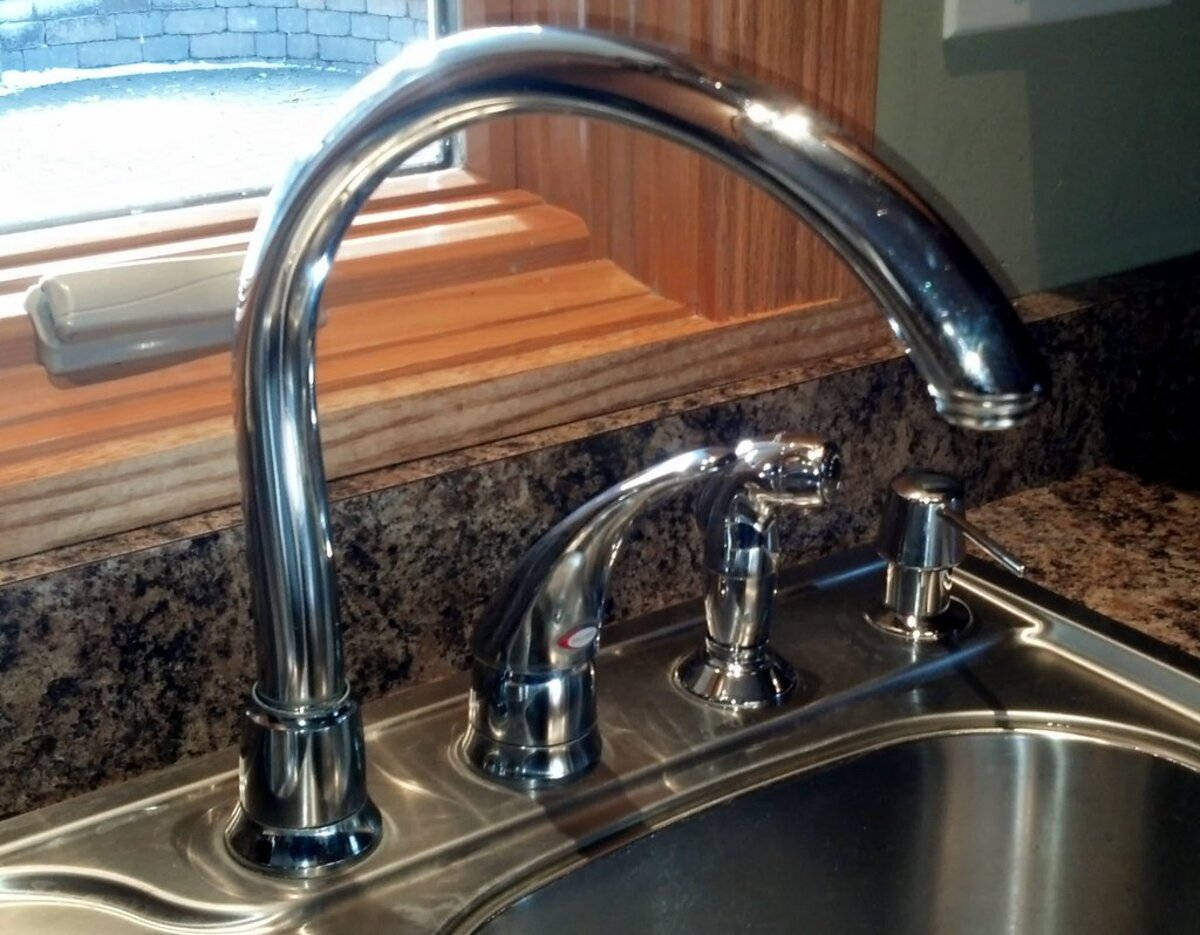
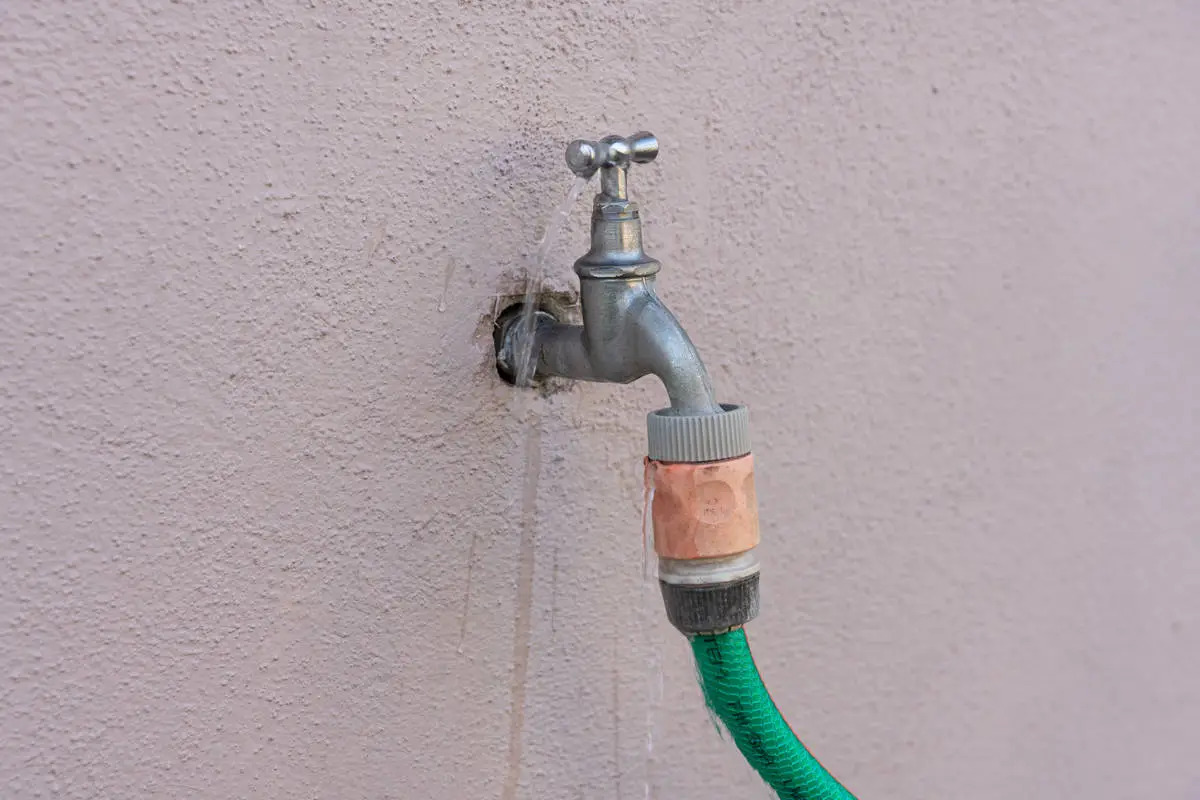
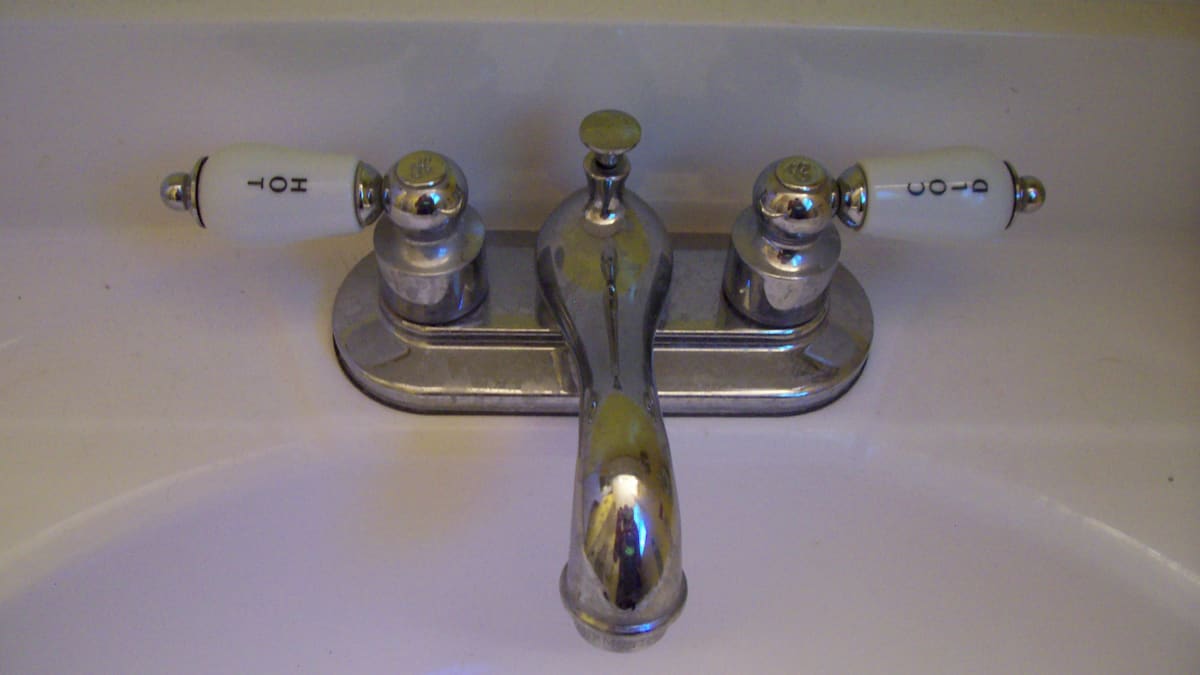
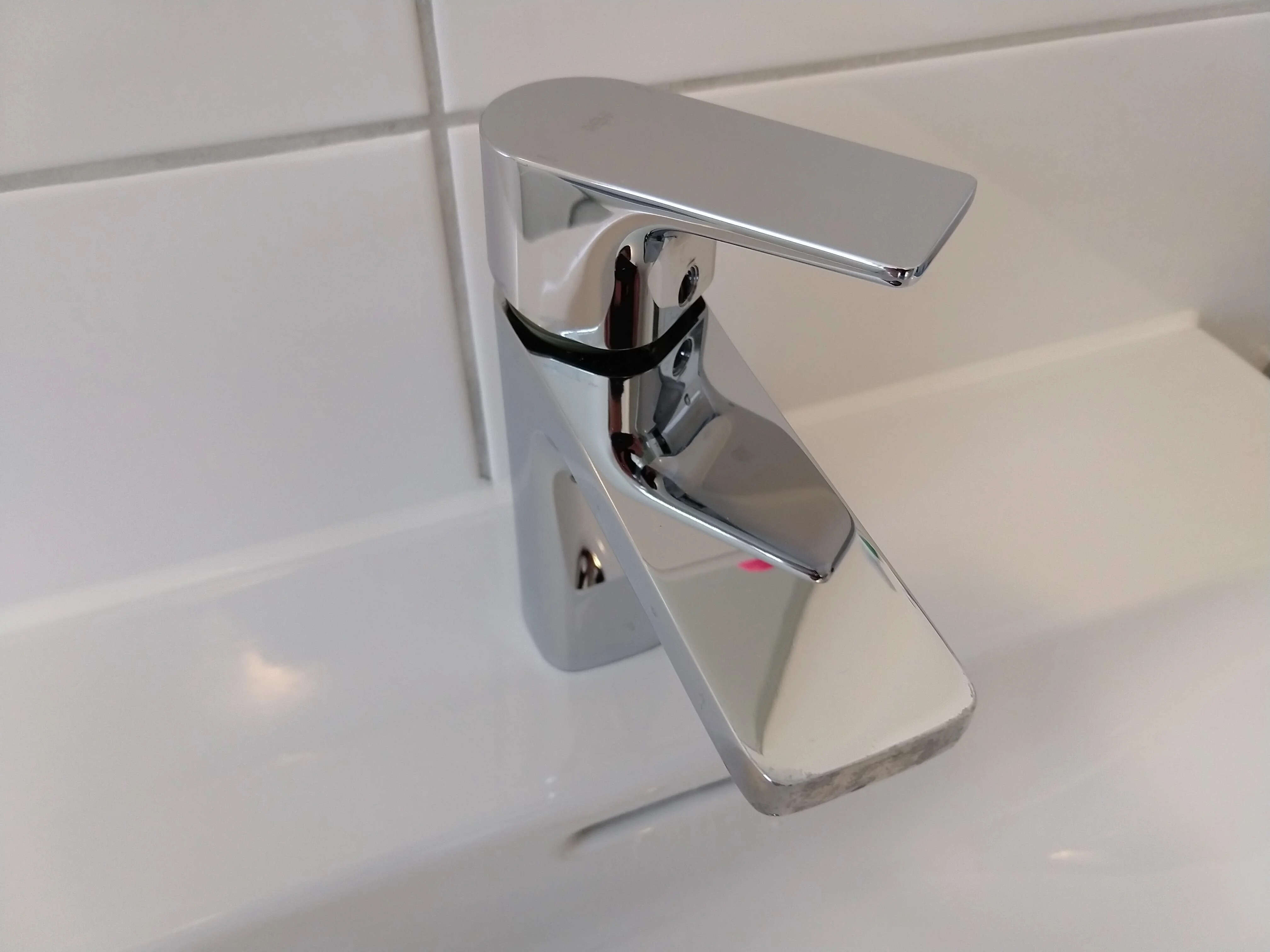
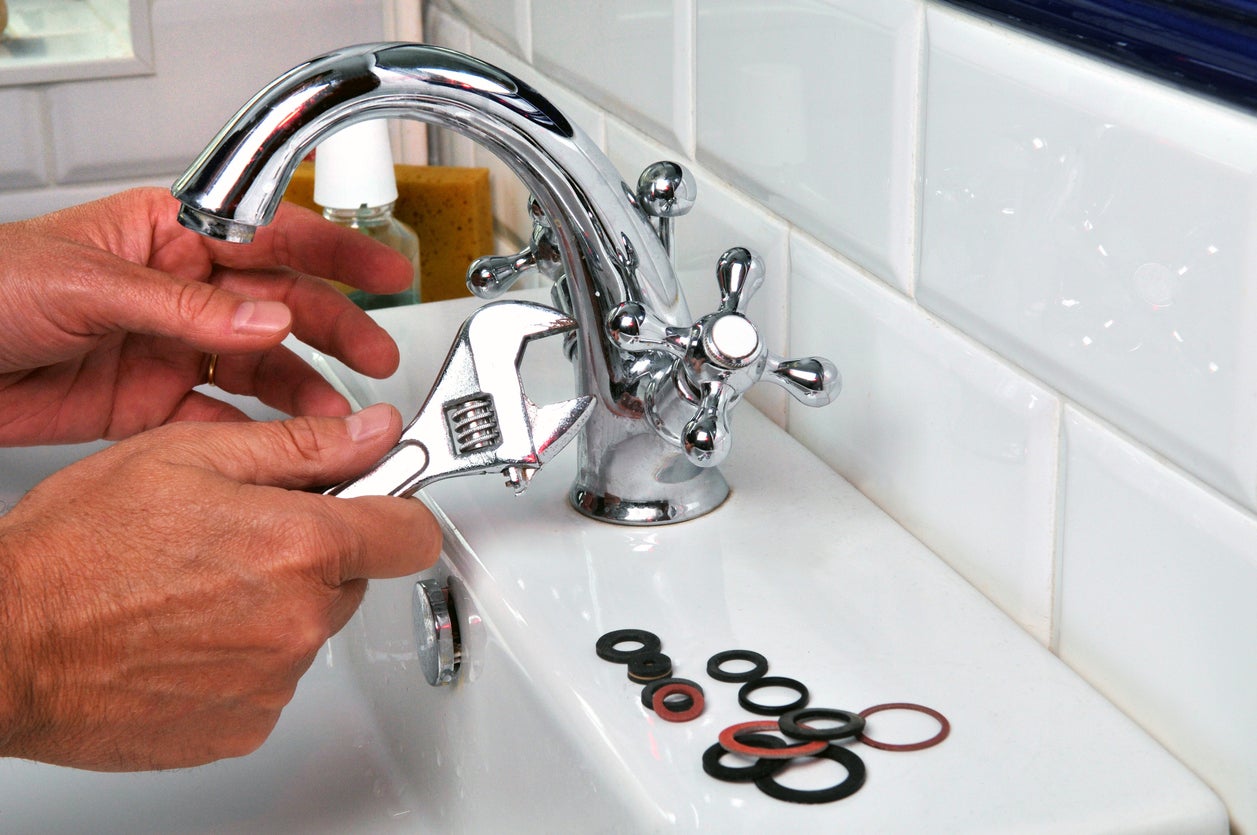

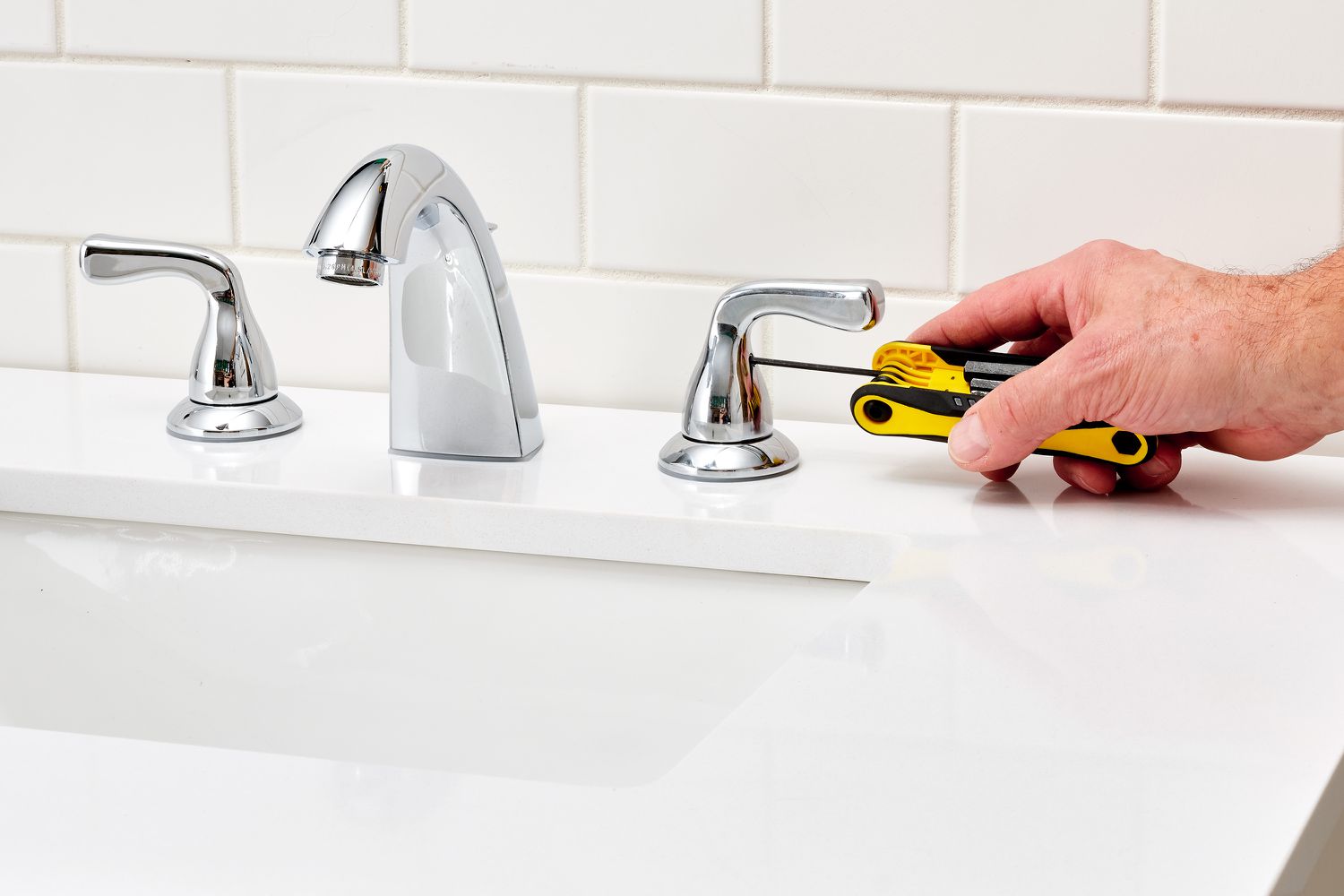
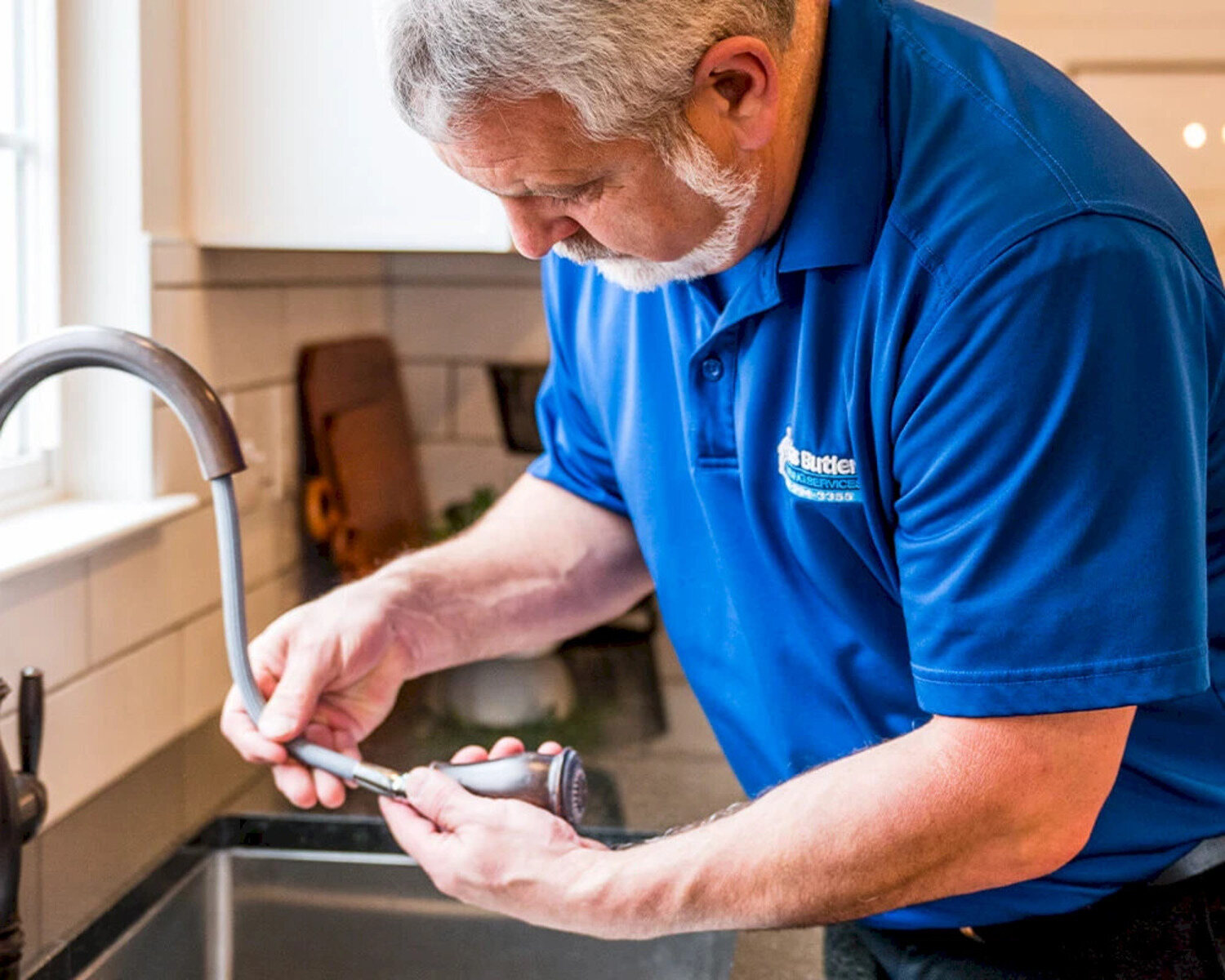
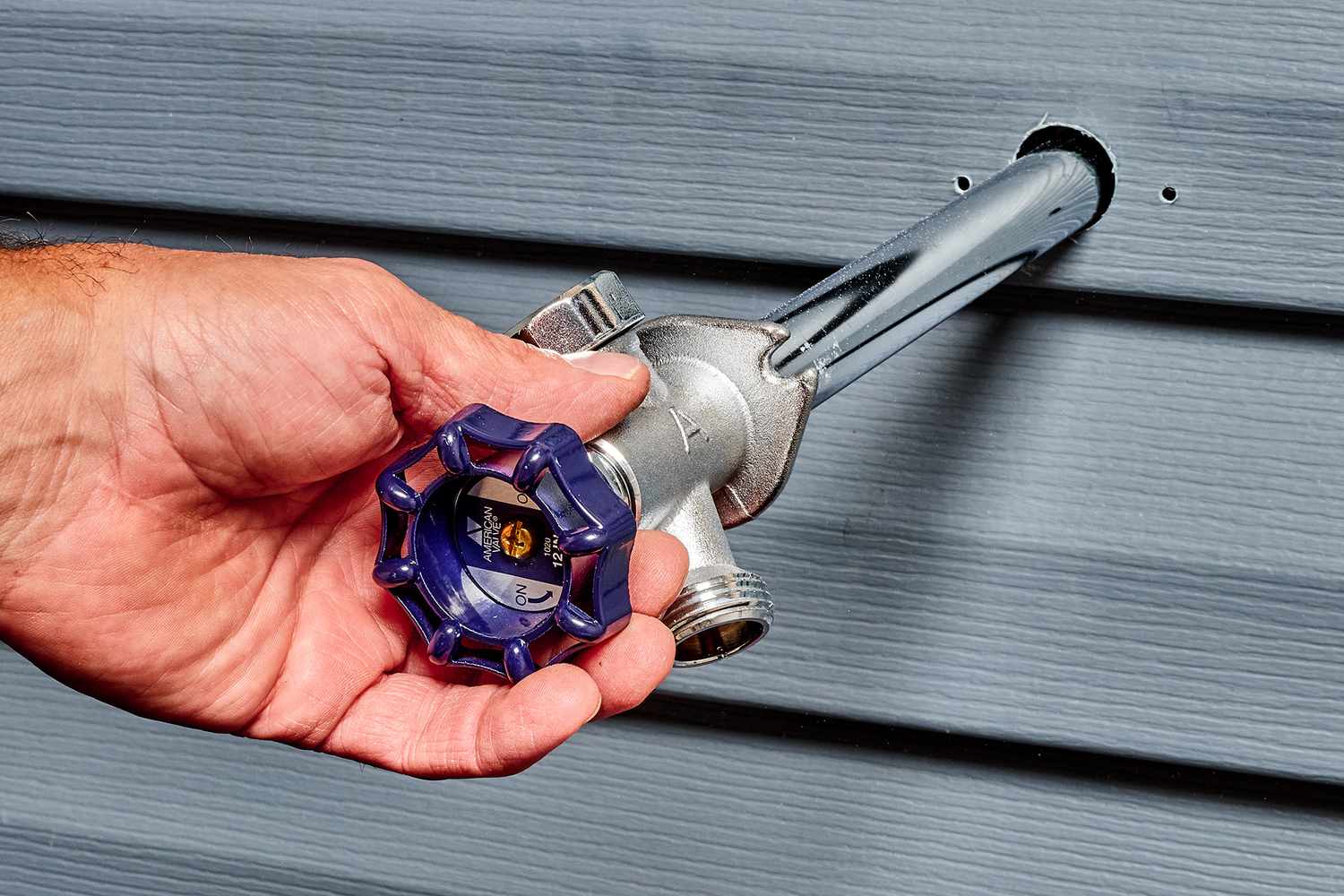

0 thoughts on “How To Fix A Leaky Faucet Handle”